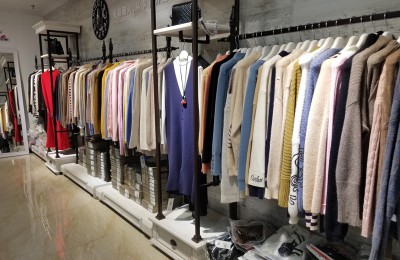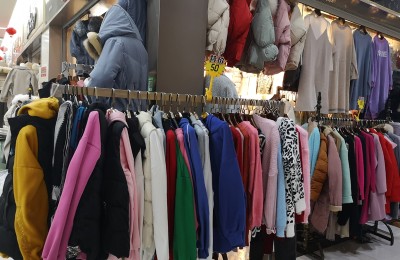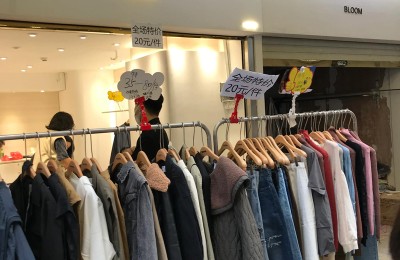Bangladesh’s jute yarn exports to China increase
The Ministry of Industry of Bangladesh recently reported that the quantity of jute yarn exported by Bangladesh to China has increased significantly recently. Representatives of Bangladeshi spinning mills said that China is one of the main raw hemp importers of Bangladesh. In recent years, due to factors such as rising domestic demand and rising labor costs in China, China has begun to purchase low-grade jute yarn from Bangladesh. A sharp rise.
Laxman Jute Factory in Kushtia was established in 2010. Rahman, the company’s deputy general manager, said that the company exports approximately 2,070 tons of jute yarn to the Chinese market every year, and exports to the Chinese market account for almost the entire company’s export share. Rahman said that the jute yarn imported from China is mainly used to make sacks to hold grains and fruits, such as wheat and apples. Currently, sack-grade jute yarn accounts for about 50% of Laxman’s total production capacity. Taking into account the huge market demand, the company has recently stated that it will increase production.
A report by the Bangladesh Jute Spinners Association (BJSA) shows that in the fiscal year 2008~2009, Bangladesh’s low-grade yarn exports to China reached 2,300 tons, in the fiscal year 2009~2010, it reached 10,200 tons, and in the fiscal year 2010~2011 The fiscal year reached 37,000 tons. Zohar, president of the Bangladesh Jute Spinners Association, said that China used to import a large amount of raw jute from Bangladesh, but in the past two years, China has begun to import jute yarn from Bangladesh. Zohar believes that due to the complex processing procedures of raw hemp and the poor working environment in the factory, the labor cost of hemp spinning workers is high, which highlights Bangladesh’s production advantages. Zohar said that another reason for the increase in exports of Bangladesh’s hemp textile products is the rising demand for environmentally friendly hemp textile products in the Chinese market.
According to statistics, Bangladesh exports 350,000 to 380,000 tons of jute yarn every year, accounting for 60% of the country’s total export revenue in the textile sector. The Middle East and North African countries and Turkey account for 66% of Bangladesh’s jute yarn exports, and these countries usually use imported jute products as raw materials for making carpets.
Disclaimer:
Disclaimer: Some of the texts, pictures, audios, and videos of some articles published on this site are from the Internet and do not represent the views of this site. The copyrights belong to the original authors. If you find that the information reproduced on this website infringes upon your rights and interests, please contact us and we will change or delete it as soon as possible. </p




